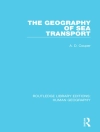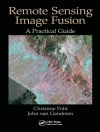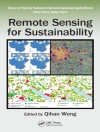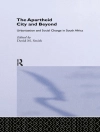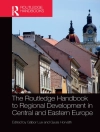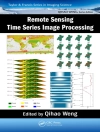This book provides a multidisciplinary synthesis of the sustainable management of natural resources. The book presents applicable knowledge of land, water, and forest resources along with in-depth investigations of multiple management pathways. This book also demonstrated the contemporary applications of geospatial technology in data mining techniques, data analysis, modeling, assessment, and visualization, and appropriate management strategies in different aspects of natural resources. The book explores the latest state-of-the-art techniques using open-source software, statistical programming, and modeling platforms, including artificial intelligence techniques in natural resource management. It is a valuable resource for students, researchers, and practitioners in geography, geospatial sciences, and environmental sciences, especially those interested in land, water, and forest resources.
Jadual kandungan
Big Data Analysis for Sustainable Land Management on Geospatial Cloud Framework.- Assessing of LULC and Climate Change in Kolkata Urban Agglomeration using MOLUSCE Model .- Field survey and geoinformatic approaches for micro-level land capability classification.- Assessment of potential land suitability for economic activity using AHP and GIS techniques in Gandheswari watershed, Bankura District, West Bengal.- Spatial-temporal changes of urban sprawl, LULC and dynamic relationship between land surface temperature (LST) and bio-physical indicators: A study of Kolkata Municipal Corporation, West Bengal.- Spatio-temporal Dynamics of Urban Land Use Applying Change detection and Built-Up Index for Durgapur Municipal Corporation, Paschim Bardhaman, West Bengal.- Studies on Impacts of Land Use/Land Cover Changes on Groundwater Resources: A Critical Review.- Crowdsourcing As a Tool for Spatial Planning in Water Resource Management.- Seasonal Runoff and Discharge Variability in the Ganga River Basin, India: A Hydrometeorological Perspective.- Appraisal of Drinking Water Quality of Kalahandi District Using Geospatial Technique.- GIS based delineation of Flood Susceptibility mapping using Analytic Hierarchy Process in East Vidarbha Region, India.- Fluoride Contamination in Groundwater, a review.- Analysis of Basin Morphometry for the Prioritization Using Geo-Spatial Techniques: A Case Study of Debnala River Basin, Jharkhand, India.- Analyzing Fluvial Morphometry of Kangshabati River and its Surrounding in selected parts of Bankura in West Bengal, India.- Estimation of Crop Coefficients using Landsat-8 Remote Sensing Image at Field Scale for Maize Crop.- Spatio-temporal Assessment of Forest Health Dynamics of Sikkim using MODIS Satellite Data by AHP Method and Geospatial Techniques.- Forest Degradation Susceptibility and Sustainability: Case Study of Arganeraie Biosphere Reserve, Atlantic High Atlas, Morocco.- Geospatial practices for Air pollution and Meteorological Parameters monitoring, prediction, and forecasting.- Empowerment of Geospatial Technologies in Conjunction with Information and Communication Technologies (ICT).


